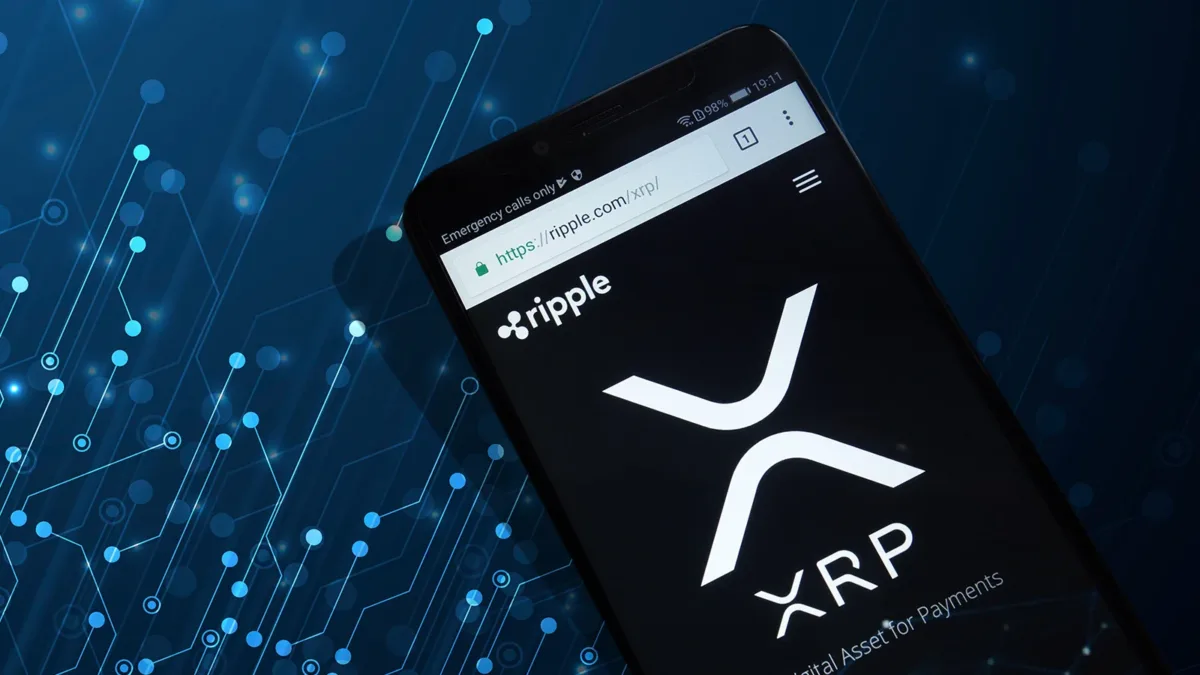
Ripple has expanded its Liquidity Hub program to include stablecoins USDT and USDC products, especially for institutional investors. However, it became embroiled in a slew of rumors immediately after it was unveiled. XRP supporters were dissatisfied since XRP was not included on the list, despite a victory in a US court order that classified XRP as a digital asset rather than a security. Experts have examined the situation, and here are some likely explanations for why XRP is not included in Ripple’s flagship initiative.
Based on market sentiment, Crypto Eri, a major player in the XRP community, refutes reports that Ripple is excluding XRP from worldwide payments. She predicted substantial customer demand for stablecoins such as USDT and USDC, which drove their inclusion in the Liquidity Hub.
Furthermore, Crypto Eri emphasizes the rising importance of stablecoins in payment processing. According to Bloomberg, stablecoin payments exceeded Mastercard payments in 2022, with stablecoins processing more than $6.87 trillion compared to Mastercard’s $6.57 trillion. XRP has everything, but it must play the underdog since the market is still crippled by the SEC’s tough stance on crypto assets.
Bill Morgan, an XRP champion, touched on the legal aspects of Ripple’s transactions with XRP. While it is apparent that XRP is not a security, questions remain about how Ripple will use the digital asset in its global operations. Ripple is not introducing XRP at this time to protect consumer interests from SEC examination.
What Ripple has to say ?
Given Ripple’s large XRP holdings, substituting other cryptocurrencies for cross-border payments would be unfeasible. Furthermore, David Schwartz, Ripple’s Chief Technology Officer, emphasizes the strategic relevance of XRP inside Ripple’s ecosystem.
The SEC issue has impacted the liquidity of XRP in the US market. However, Ripple’s CEO suggests that after the legal processes are completed, there may be a possibility of incorporating XRP into the Liquidity Hub, assuming adequate liquidity in the US market.
